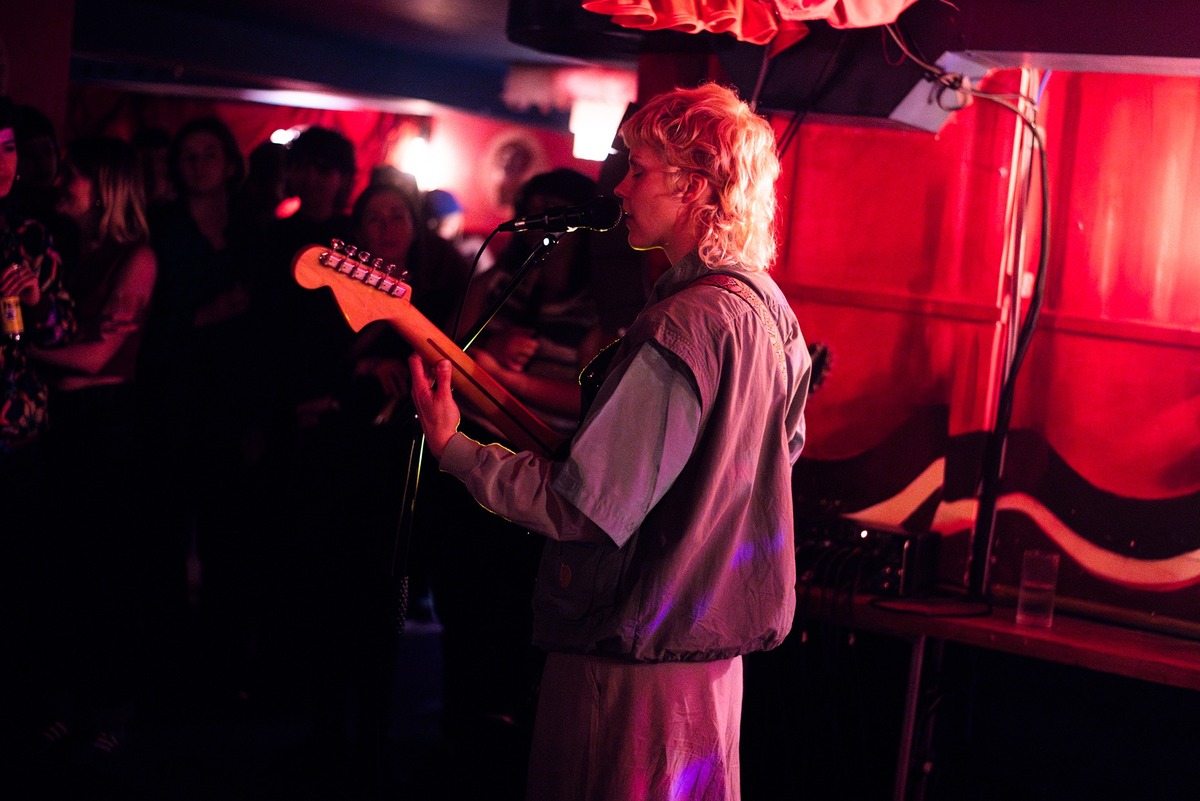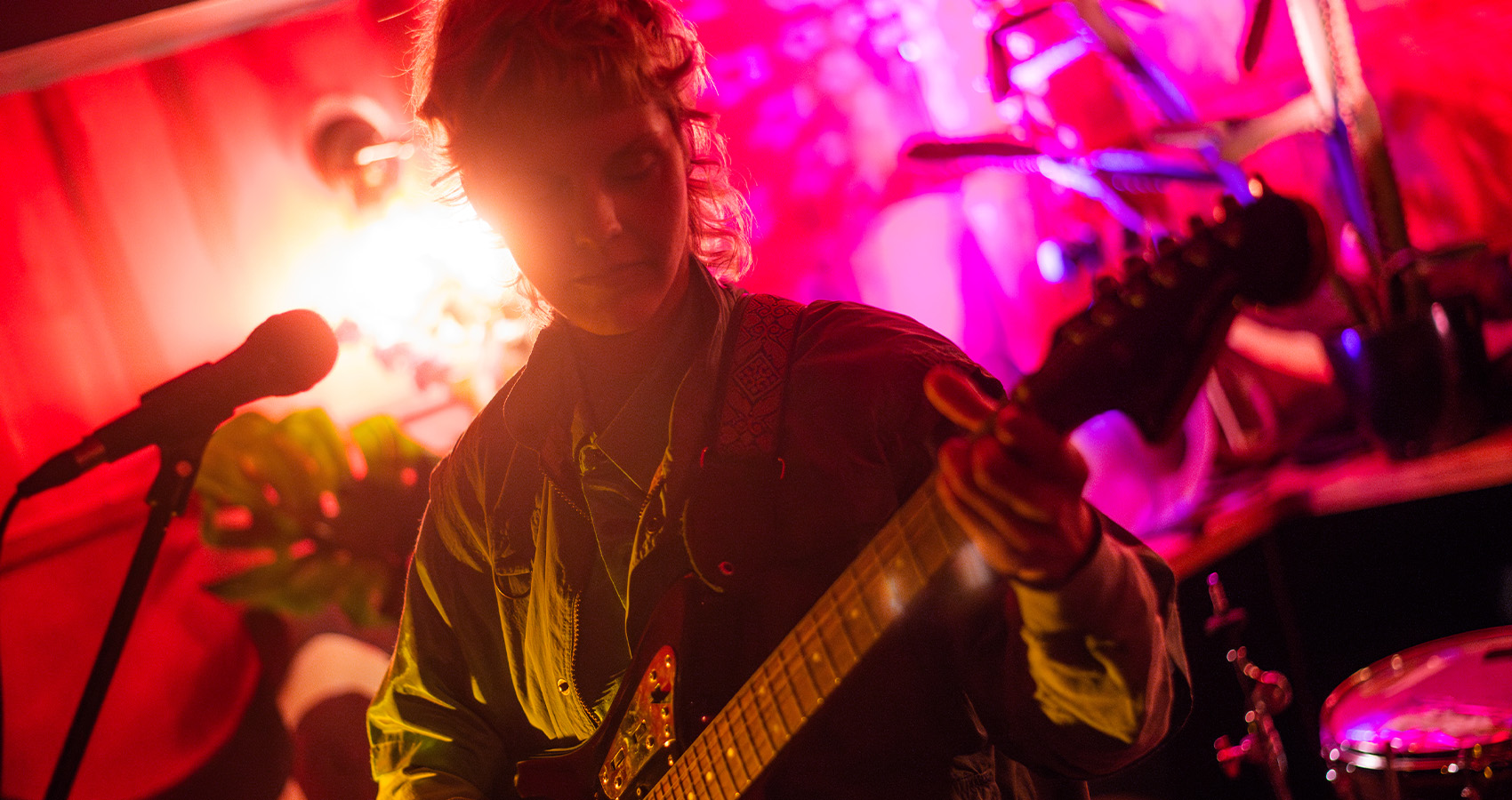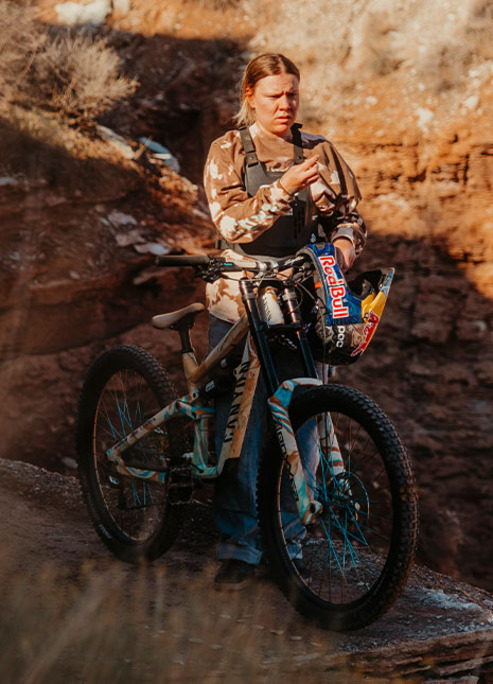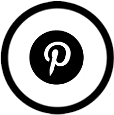CESIE "The Relation" Album: Indie-Rock Dynamo Explores Self-Discovery
Interview and debut LP.
CESIE, the Danish indie-rock dynamo born Cecilie Nørgaard, has officially dropped her first full‑length effort, The Relation. Known for her raw fusion of ’60s guitar jangle, Britpop melodies and grunge‑tinged vulnerability, she takes listeners on a whirlwind tour of self‑discovery and emotional highs and lows.
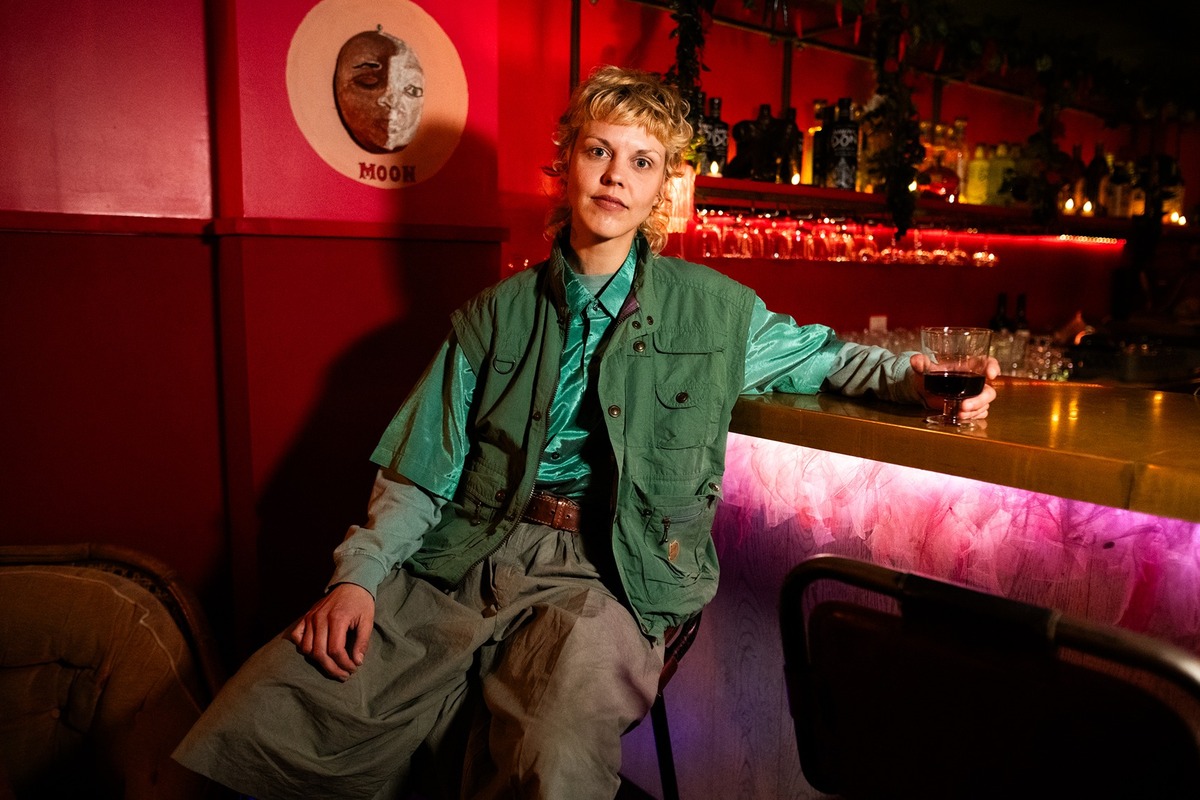
Raised between the Birmingham suburbs and the Danish countryside, CESIE arrived on the scene last year with her solo debut single “Caught In Affair.” That track hinted at a fearless genre‑bending style; here, on The Relation, she doubles down with layered guitars, driving drums and whispered confessions. Think shimmering Britpop choruses crashing into punchy, distorted riffs—and all of it bound together by her own striking vocals and DIY aesthetic.
Following her debut album release, we had a sitdown with CESIE to discuss her influences, inspiration and what drives the music.
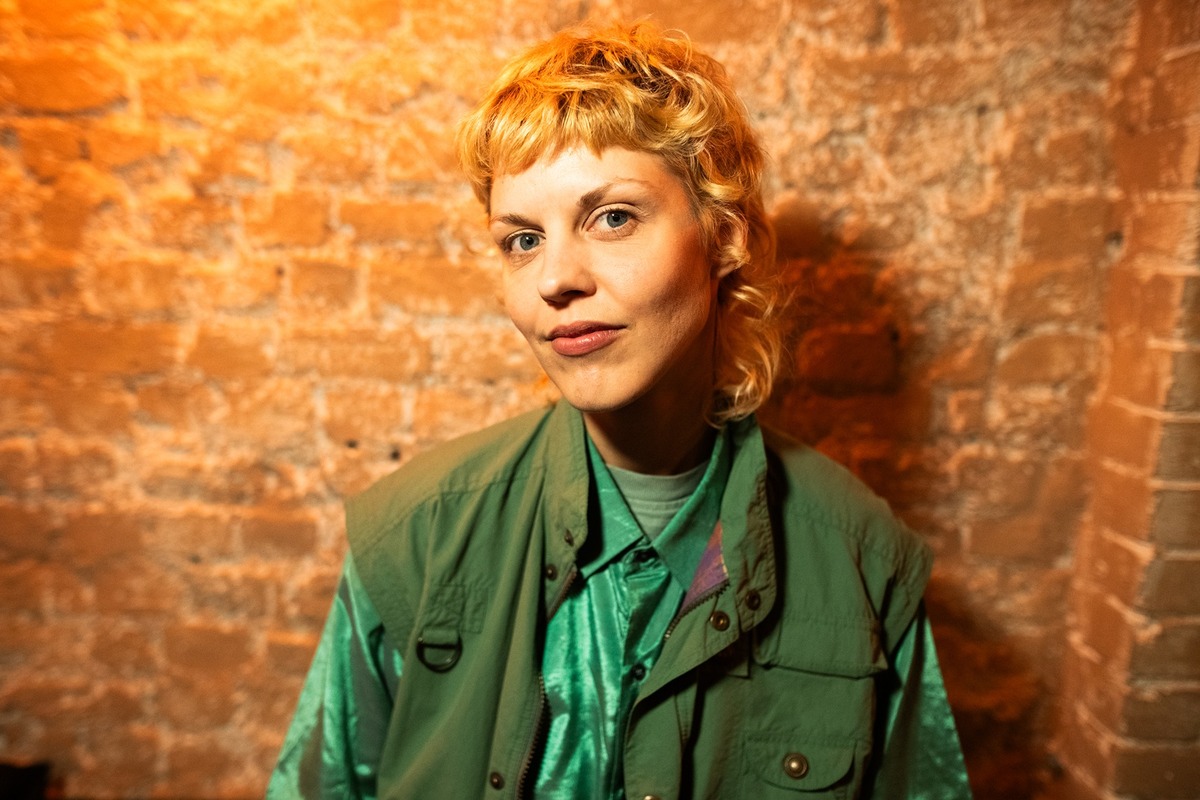
Cecilie, your music merges influences from 60s folk, Brit-pop, and grunge, reflecting your journey across different countries. How have these cultural experiences shaped your sound and songwriting?
Growing up in different cultures and multiple countries has given me a perspective on life I’m really grateful for, yet it also carried a perplexing feeling of belonging in a grey zone between borders or cultural identity. The multicultural perspective and being impacted by different societies has created a blend of expressions represented in my music and art. I’ve been formed by the people, communities, and connections I’ve experienced, and somehow the English language has revealed itself to be my mother tongue when it comes to singing and writing songs or poetry, despite not being native to the UK. I moved from Denmark to England at the age of 9, where I absorbed the British music scene, and early schooling in art class introduced me to reflect on international artists and their view of the world.
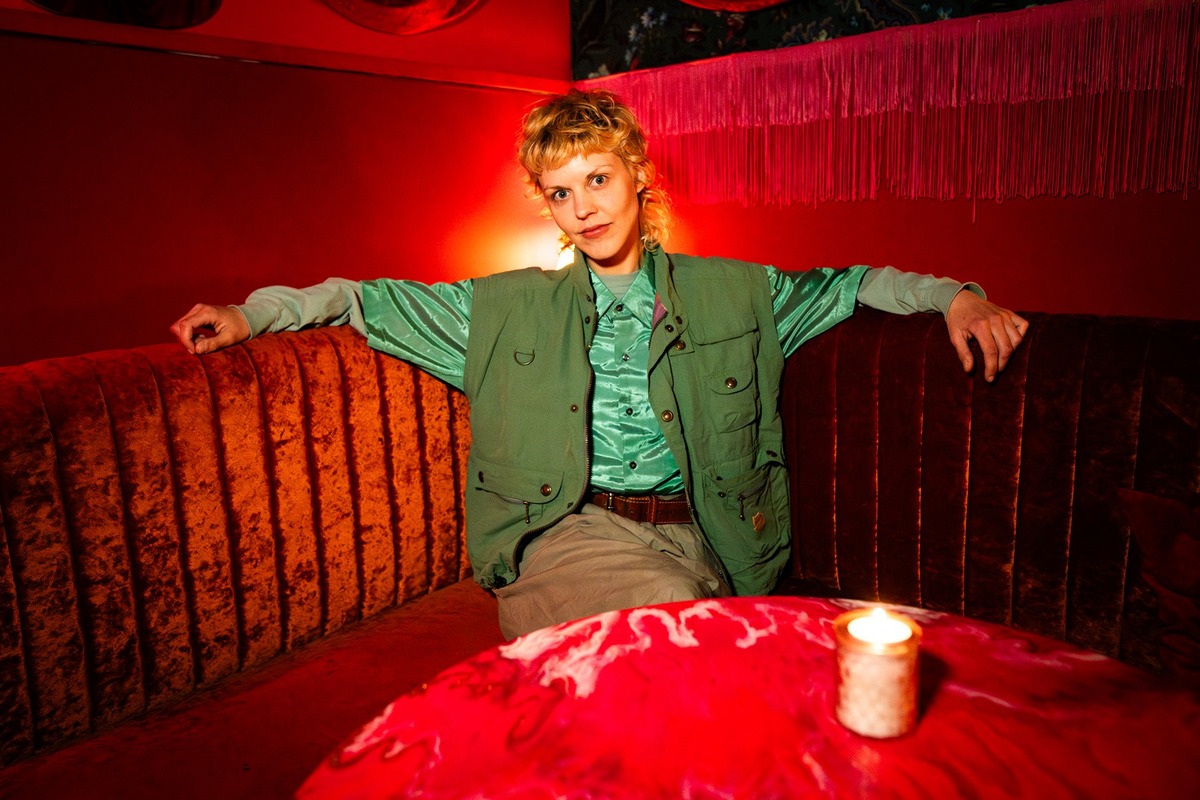
This then challenged me to create a visual and sonic universe of my own, to intertwine the multiple expressions within me. I’ve spent decades trying to feel at home between nationalities; however, it always came down to the cultural impact that defined my feeling of home, with creativity being my cushioning.
"Caught In Affair" was recorded in a one-take setup inspired by 60s recording techniques. Can you walk us through the creative process behind that track and what made you choose this approach?
When creating the whole record with my producer, Valentin Kruse, we initiated a playground from the beginning in the studio for the songs to unfold in a creative state of mind, letting ourselves experiment our way through new ways of playing original instruments. Whether it was using the whole studio room as a percussion instrument—such as playing rhythms on the staircase, water pipes on the wall, and so on—or sampling sounds from nature or whale song to emphasise the storyline, the fun in the process always played a part in how present we were when recording. In general, the energy of being present in the moment is really important to me in both my music and art, so we made sure to always prioritise connecting before going into a recording stage. Being very inspired by the raw acoustic sounds of the ’60s, I wanted half of the album to be recorded as a live take to capture the shared energy of playing the songs as a band. The recording room was set up by my co–sound engineer, Jeppe Kristoffersen, who drew inspiration from the ’60s and The Beatles in general.
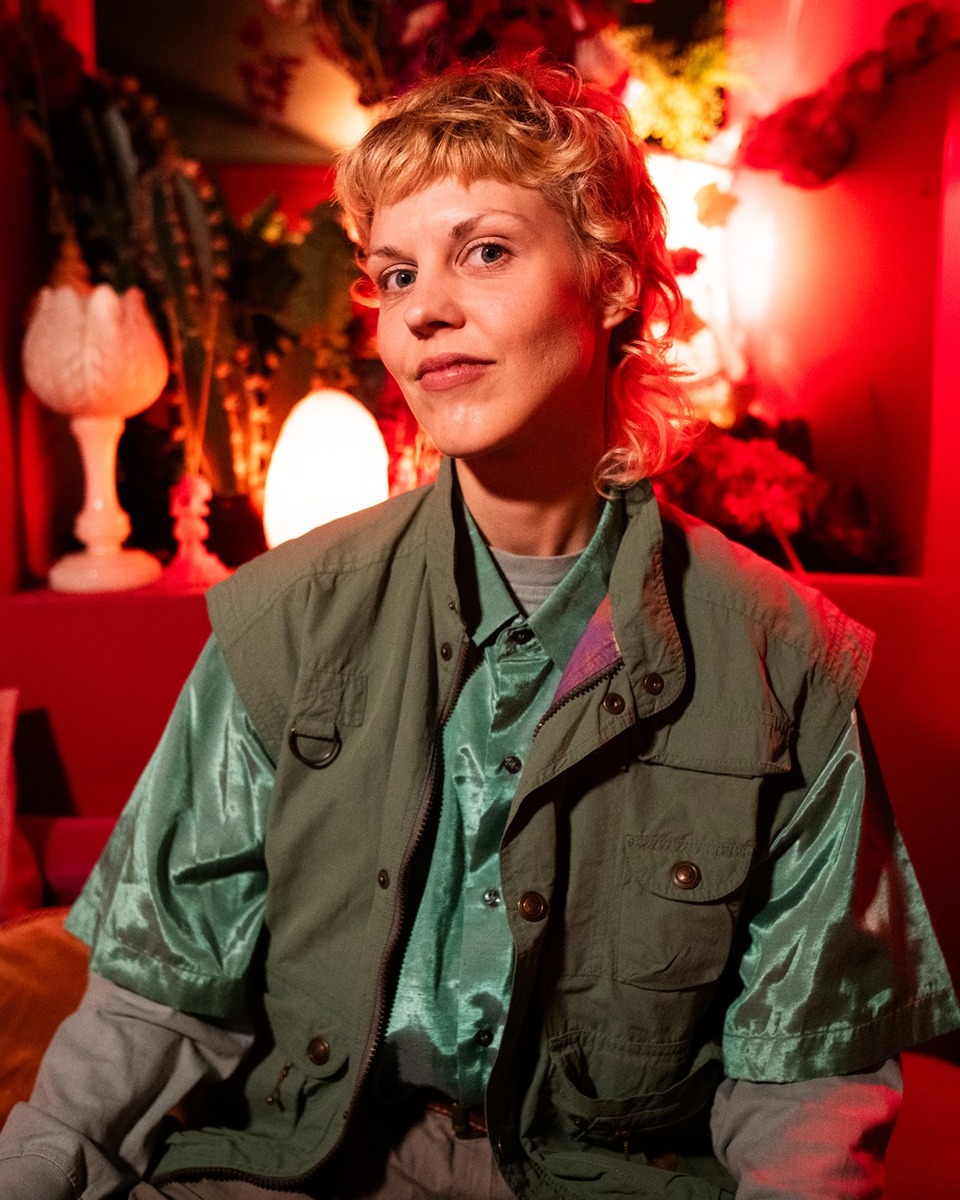
The instruments were placed precisely, with individual distance to the one overhead mic in the room, to create a natural surround, and it took by far more time setting up the studio than recording the one-takes. I think it’s meaningful—for me and for the album—to invite musicians into the studio who are passionate about their role in the project. Asking musicians in the recording process to interpret my songs through their own musical outlet and give in to their intuition when playing has, in my opinion, added a lot of quality to the record. I’m so grateful for all of the relationships the album has given me personally too, throughout the journey of recording The Relation.
You’ve talked about the importance of authenticity and real-life experiences in your music. What moments or personal stories have most influenced your upcoming album?
Generally I think the album summons up my life so far in regard to relations which makes it tough to single out one. Yet if I were to choose a song to describe my state of heart and mind when making the album, I would pick “Kind Of Kind”. It presents human similarity rather than man-made differences. The song evolved from a period of studying Dalai Lama and human core values and basic needs to survive. I wanted to write a song/hymn for the people to feel connected between geographic borders, gender, sexual orientation, generational gaps and instead acknowledge the component of the body being equally alike and the psyche being worthy of conscious attention. I believe existence has become way more complicated than ever intended, so therefore ended up writing “Kind Of Kind” as an invitation to connect with our human kind.
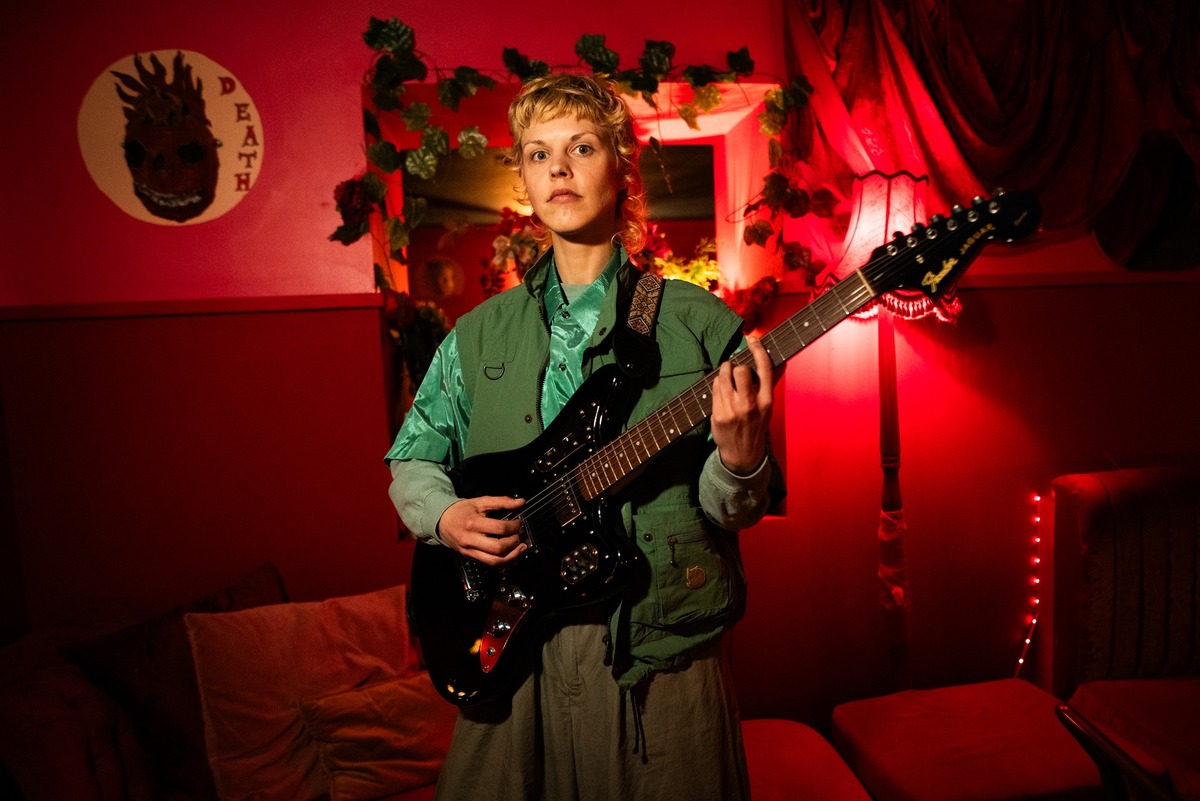
Beyond music, your visual art plays a key role in your creative expression. How do you see the relationship between your music and your artwork, and do you approach them differently in terms of storytelling?
The relationship between my art and music is collaboratively generous, in the sense that the artistic processes work with me and not against me. I don’t believe in creative blockages or writer’s block, for instance. If I’m in a period of feeling uninspired and unable to write more songs, I’ve figured out that instead of focusing on the lack of movement in my music, I can shift to another creative medium—such as painting, forming sculptures, or whatever project is intriguing my imagination—and then I naturally start generating creativity, which gives back to my music. For me, differentiating between artistic outputs and easing into the creativity that is present, rather than the creativity that isn’t, creates a balanced flow.
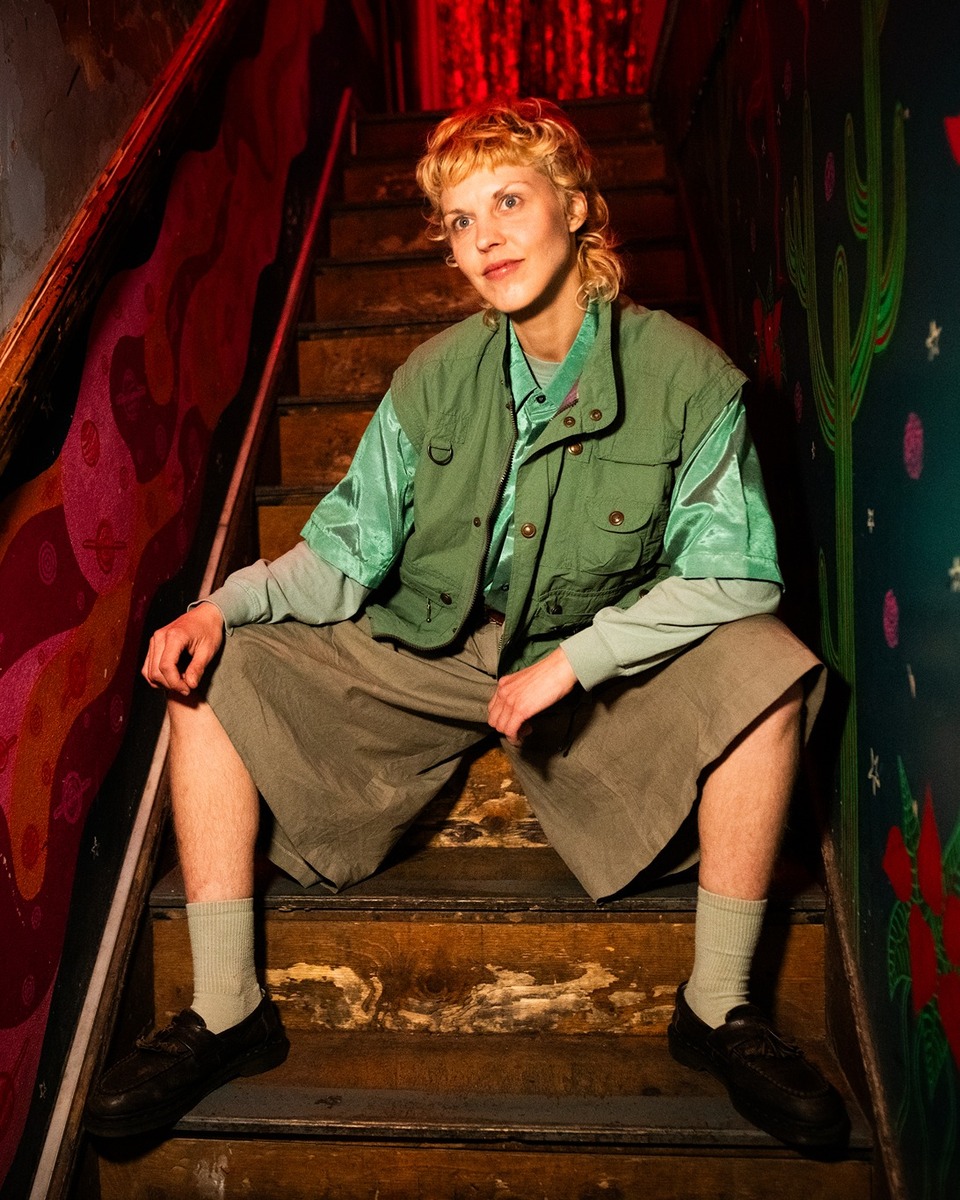
The storytelling behind my art and music essentially carries the same messages and storylines, because I engage my creative consciousness in both equally, and I take direct inspiration from my personal life and points of view. Something that really drives my art in general is being curious about my vulnerability and reflecting on how I react to the life around me.
If you could collaborate with any artist—living or past—who would it be, and what kind of project would you love to create together?
If I’m allowed to dream this big, then the dream collaboration would be writing or playing a song with Feist. I can’t even put into words what kind of dream that would actually be. She is the queen of classic, raw songwriting and the reason I started playing guitar. I’ve listened to her albums a lot while painting too, and every time I’m taken to this playful yet carefree place, full of space to engage creatively. I really appreciate her for reminding me to keep a playful perspective when working with music and art.
